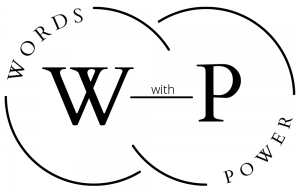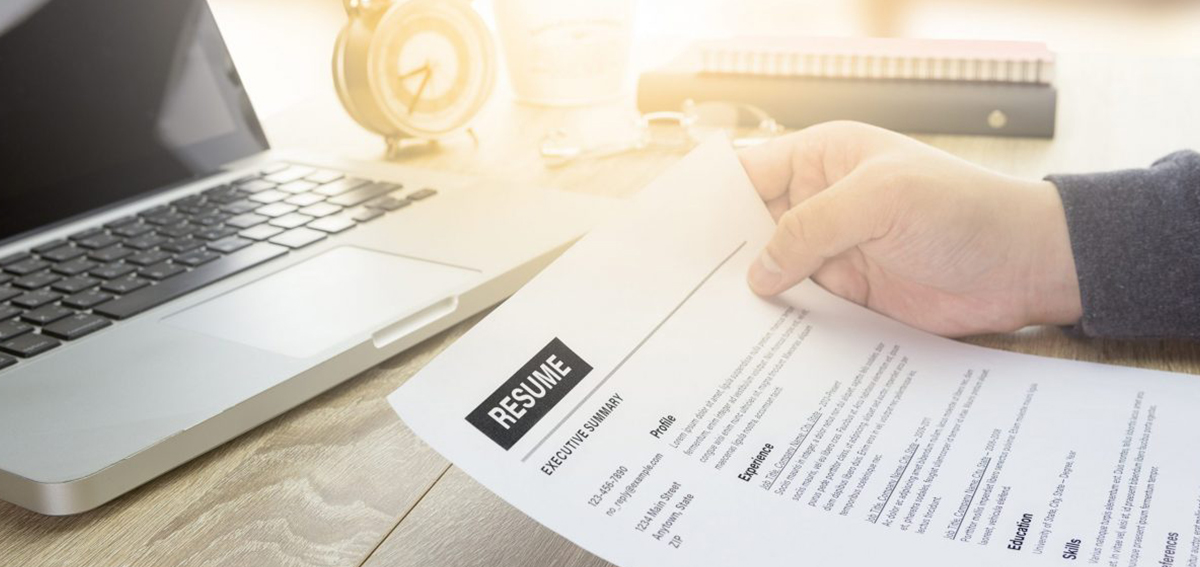Your CV and covering letter create a powerful first impression – so make sure that it’s a good one.
The traditional CV format begins with personal details followed by education and work experience (usually in reverse chronological order), followed by achievements, interests, and referees. An alternative to the traditional, chronological CV is the skills-based CV. These can be useful if you’re not yet gained much experience as you can match the skills sought by the firm directly with evidence of how you have demonstrated them.
Whatever kind of CV you choose, keep it to a maximum of two sides. Include details of all work experience. Talk about the skills you’ve developed in, say, your regular part-time job rather than on a two-week vacation placement or open day – where, realistically, you have fewer soft skills. We suggest illustrating each experience with two or three bullet points and be clear about the personal impact you’ve had on each situation.
Avoid gaps in chronological details and large paragraphs of unbroken text. Make sure you use an easy-to-read typeface, and your CV is either one or two full pages in length.
For more advice on making your CV as easy to read as possible, Words with Power is here to help.
The last thing to do – don’t forget to proofread your CV before sending your application.
Once you’ve put your CV and covering letter together, don’t be tempted to rush them off. Ask friends, family or you can ask us to proofread them. There’s no room for typos in an application – you’re trying to convince recruiters of your attention to detail.
Remember, recruiters will be judging your ability to communicate professionally with clients on the professionalism of your CV and covering letter.
**
If you need help in “building” your CV from scratch, or just a makeover or a professional proofreading, send us an e-mail at comenzi@wordpower.ro and we will gladly help you.

